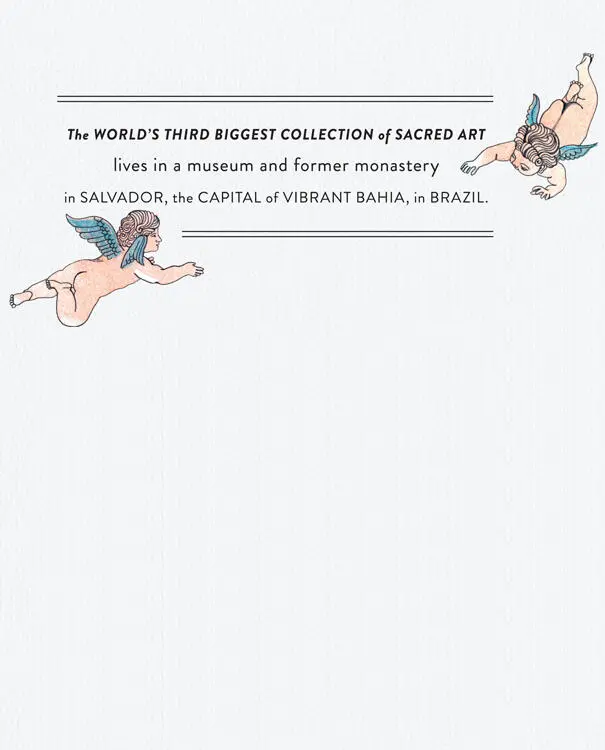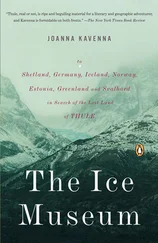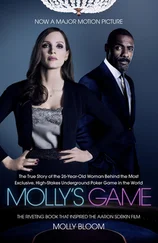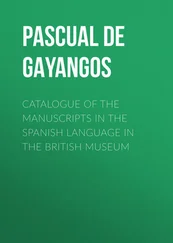1 ...8 9 10 12 13 14 ...19 Their ‘world of wonders’ passed eventually, and controversially, into the hands of Elias Ashmole, who gave it to the University of Oxford. The Tradescant Ark was opened as the Ashmolean Museum, in Broad Street, Oxford, in 1683. It was the first purpose-built public museum in the world.
There were three floors in the museum. The Ark collection was on display on the top floor, along with other natural history artefacts. The ground floor was used for lectures and teaching, and the basement was a laboratory. All the original signs above the doorways on each floor are there, explaining what each room was used for.
Today, The Ark and the Ashmolean Museum have moved across the city of Oxford, and the original Ashmolean building has been taken over by the Museum of the History of Science. When they renovated the building in 1999, they lifted the floorboards on the first floor. Beneath them were all kinds of treasures from the original museum.
When the first discovery was made, the current museum curators joined the builders in digging up these secrets. They felt like ‘floorboard archaeologists’, sifting through dust rather than the earth. They pulled out all kinds of simple things, most of them dating from the eighteenth century, rather than from the very beginning of the museum in 1683.
The ephemera they pulled out of the dust includes: the label from the key that belonged to Dr Plot, keeper of the museum; a letter from J. Chapman, who worked there; labels from portraits; a lizard; a book cover; the remains of a posy of flowers; and an unopened letter -which they aren’t going to open. I’m not sure how they can resist. I liked a small house, cut out of paper, made by someone daydreaming while at the museum, and a sketch of ‘Edward’, a keeper of the museum, with a little flower drawn beneath him.
There are things which whoever dropped them must have been upset to lose – a ring; a penknife and a child’s tooth with a hole drilled through it which had probably been tied on to a string as a keepsake. Perhaps the child’s father or mother wore it and crawled around on the floor of the museum looking for it when it fell off the string.
The most everyday things are the eighteenth-century pencil sharpenings and cherry stalks – very mundane at the time, but fascinating now. There are also lots of wax seals and coins. All of these tiny treasures that fell out of people’s pockets or off the walls, or slipped off tables, have survived by chance. They weren’t supposed to have made it into the twenty-first century, but that they did gives us a lovely feel for life in Britain’s first museum. Everything suggests a human touch. These things aren’t on display, because they’re fragile and utterly unique. They’re the only physical memories of the first museum in Britain.
Now, there are around 2,500 museums in Britain, and more than 55,000 museums in the world, each with unique collections; and most of the items in these collections are kept behind the scenes. More than 100 million people visit museums in Britain each year. I wonder what the Tradescants would have made of that? When they opened The Ark in their home in Lambeth, I bet they couldn’t have imagined the trend they were starting.
[John Tradescant the elder (c.15705–1638) and John Tradescant the younger (1608–62)]The two Tradescants, father and son, were gardeners with a shared passion for interesting plants and strange curiosities.
[Turret House, Lambeth, London]The Tradescants filled their home with so many curious treasures that they decided to charge the public to come and have a look. They called the first public museum in Britain ‘The Ark’.
[Powhatan’s mantle]A visitor to the Tradescant museum in 1638 recorded seeing ‘the robe of the King of Virginia’ and it was later catalogued as ‘Pohatan, King of Virginia’s habit, all embroidered with shells, or Roanoke’. The robe is now on display in the Ashmolean Museum in Oxford.

[Musaeum Tradescantianum]John Tradescant junior wrote a catalogue of the collection – the first of its kind in Britain.

[Found beneath the floorboards]Museum curators felt like ‘floorboard archaeologists’ as they found pieces of history that had fallen beneath the floorboards of the original Ashmolean Museum.

I TOOK A TAXI TO the Museu de Arte Sacra to see the collection. When the taxi driver dropped me off, he said, ‘The museum is down the hill – walk down that little street. When you come out, come straight back up to this main road. Don’t hang around outside the museum, it can be dangerous.’ So, nervously, I legged it down a side street into the pretty courtyard of the museum.
Once safely inside, I met Francisco Portugal, who has been the curator of the museum for 14 years. He wanted to show me the most precious treasure they have in the collection: a glittering bejewelled cross, which lay hidden under the floor of the building for centuries as buried treasure. It hasn’t been exhibited for 40 years, as the museum is worried, now the area around the museum can be sketchy, that it might get stolen.
It is kept wrapped in a white cloth under lock and key inside a safe somewhere in the building. I didn’t see where. The curator asked his assistant to fetch it and bring it into his office for me to see. We waited there, looking out at the beautiful views of the ocean until his assistant reappeared. We stood up, and she unwrapped the treasure. It was a golden cross, decorated with precious jewels. As she placed it on the table, the sunlight streaming across the ocean and in through the curator’s office window bounced off the jewels and scattered around the room.
We gathered around to admire the cross. It’s a processional one, so would have been carried from the base. It was made in Brazil, out of precious gold and jewels. At the top is a circle of golden rays bursting out of another central circle, which looks like a smoothed crystal. The circle opens up to be a cubbyhole for Communion bread. On top of the golden rays sits a small golden cross. The piece is decorated with diamond droplets, amethysts, topaz, emeralds and rubies. Six cherubs float around its edges. You’ll just have to imagine it because there are no published photographs of this most sacred cross.
Once upon a time, the room we stood in was a monk’s bedroom. The whole museum has been shaped out of the former Convent of Saint Teresa de Avila, which was founded by the Order of Barefoot Carmelites in the mid-seventeenth century in the former capital of the colony. The monks who lived here were Portuguese. They arrived in Bahia in 1660 and built a little hospice by the sea; then, in 1685, they built a convent beside it, with a church modelled on the Church of Nossa Senhora dos Remédios (Our Lady of the Remedies), of Évora in Portugal, which dates from 1614.
The curator didn’t know exactly when the cross was made but, once it was in the monastery, the monks protected, polished and proceeded to the altar carrying it. During Communion, they would open the central crystal to take out the Communion bread with which to feed the souls of their fellow monks.
At the end of the nineteenth century, Bahia fought for independence from Portugal. The convent was taken over by Portuguese troops trying to keep Bahia for their country. The monks were forced out of the monastery, but before they fled they buried this precious cross beneath the floorboards of their home. After the monks, and then the troops, had left the convent, it fell into ruin and was left derelict for many years.
Читать дальше















